Goa is popular for its nightlife and beaches but did you know that this state is also home to a village that is only visible once in a month? Yes, you read that right. An article published on BBC, by Supriya Vohra, an independent journalist based in Goa sheds light on the village of Curdi that remains underwater for 11 months. Its original residents have relocated themselves but, when the water level recedes, they all come together to celebrate their homes, according to reports.
The thriving village of Curdi was situated between two hills in the Western Ghats with the Salaulim river running through it. But, in 1986 the village did not exist anymore because the state’s first dam was constructed here, which resulted in the village being completely submerged underwater.
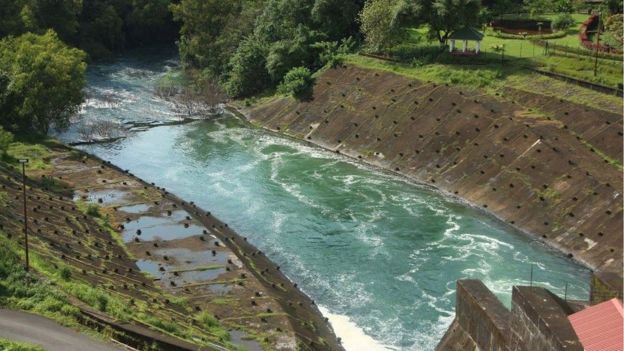
The water level recedes in this area every year during May to reveal what is left behind. One can see cracked earth, eroded remnants of houses and religious structures, stumps of trees, broken remains of household items and water canals in ruins.
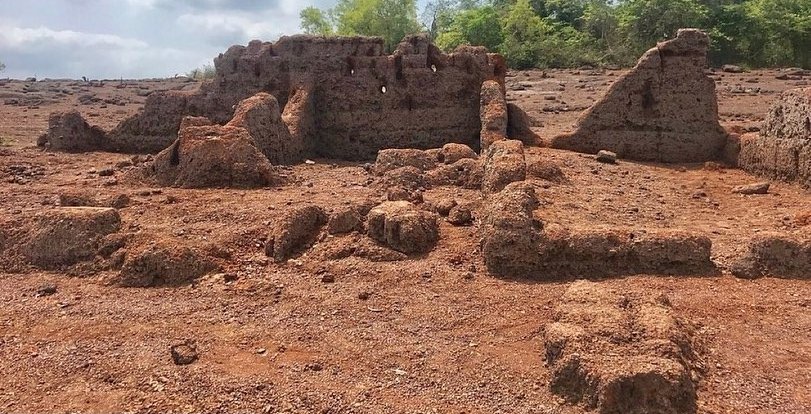
The village was home to 3,000 people who used to grow crops in paddy fields in the land that used to be fertile.
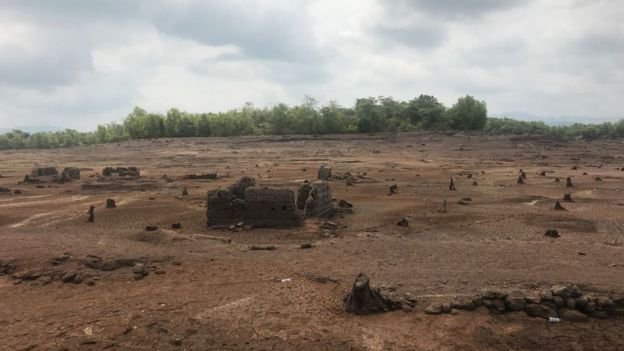
According to a report by BBC, Hindus, Muslims and Christians lived together in the village which also constituted of one main temple, several smaller temples, a chapel and a mosque.
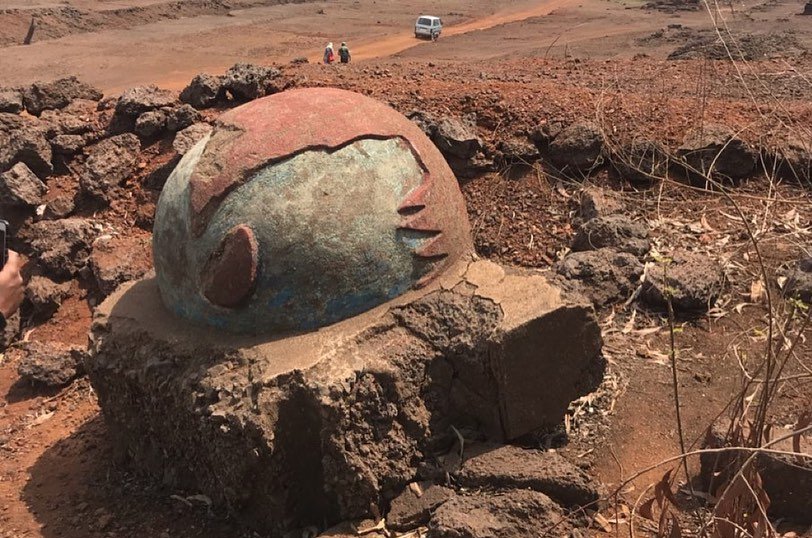
Everything seemed just perfect but things drastically changed in 1961 after Goa was liberated from the Portuguese. Dayanand Bandodkar, the first chief minister of Goa visited the village and announced the construction of the state’s first dam, according to reports.
ADVERTISEMENT
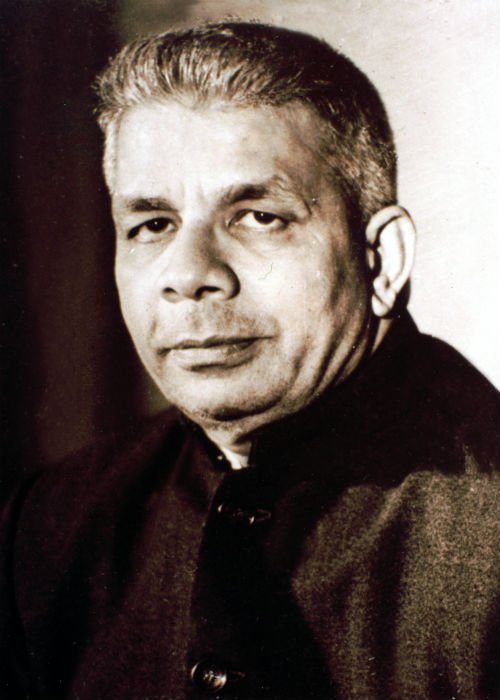
He made promises to the residents saying that the dam construction would benefit all of southern Goa.
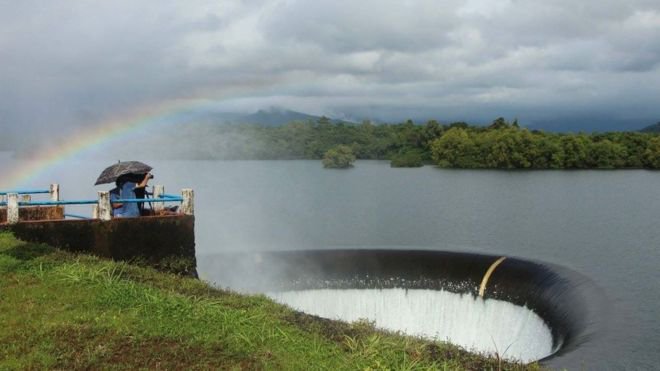
According to BBC, Mr. Kurdikar, a former resident of the village said, “He (Dayanand) said it will drown our village, but our sacrifice will be for the greater good.”
Mr. Kurdikar and 600 other families were forced to relocate to nearby villages and in return, they were given land and compensation.
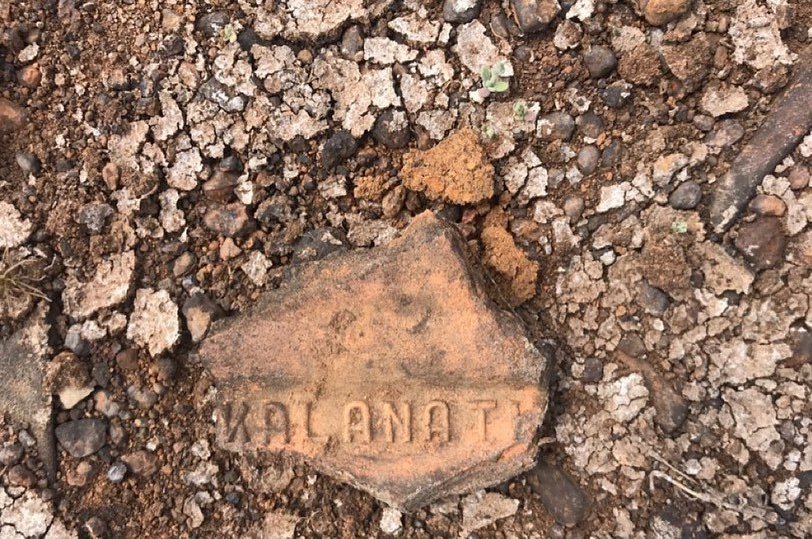
The ambitious project was called Salaulim Irrigation Project and it was built originally to provide water for drinking, irrigation and industrial purposes to most parts of southern Goa. It was meant to provide about 400 million litres of water per day to citizens.
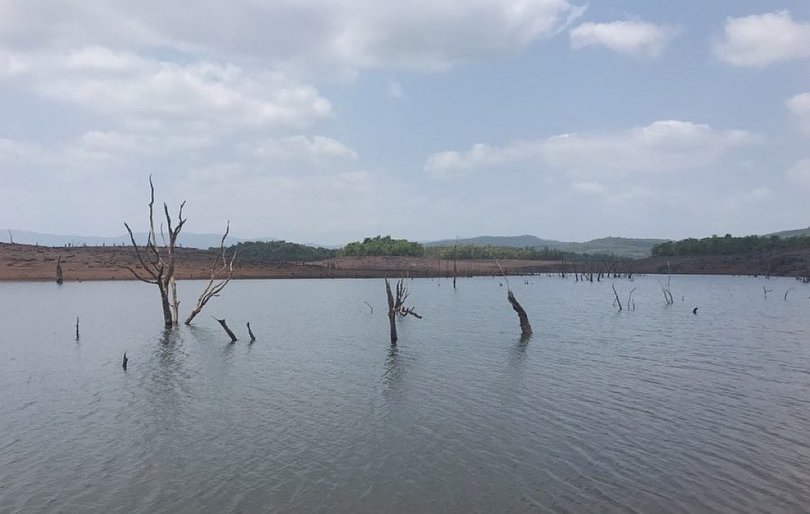
Mr. Kurdikar was only 10 years old when his family was forced to relocate in 1986. He said, “I faintly remember my parents hurriedly putting everything in a pick-up truck. I was also packed up in the truck, along with my brother and grandmother. My parents followed us on their moped.”
In an interview, Mamta Kurdikar, Gurucharan Kurdikar’s mother said, “I think we were the last few families left. It rained heavily the night before, and the water from the fields started entering our house. We had to leave immediately. I couldn’t even take my flour mill with me.”
ADVERTISEMENT
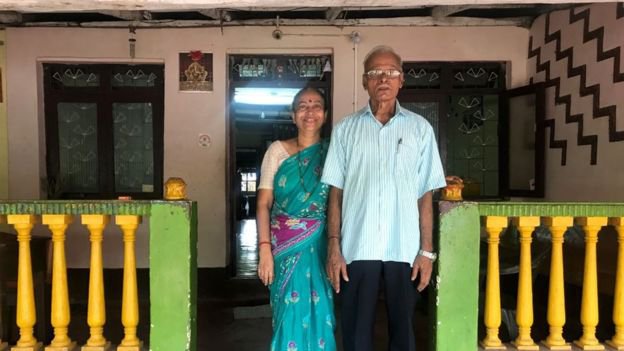
Soon, it seemed like false promises were made by the then CM because the water from the dam never reached the nearby villages where former inhabitants of Curdi moved.
“The tap system did not come through to all villages of south Goa as promised so we do not get our drinking water from the dam,” said Gajanan, Gurucharan Kurdikar’s father in an interview.
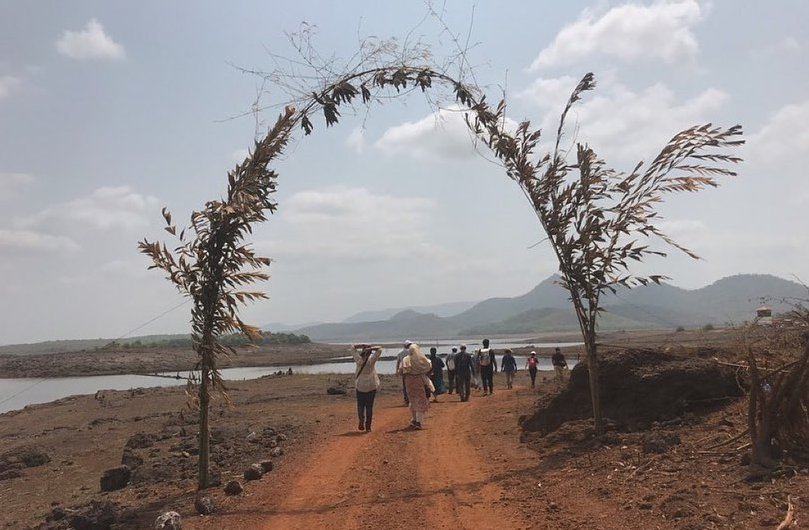
Currently, there are two large wells in Vaddem, where Mr. Kurdikar lives with his family but, during the month of April and May, the wells also begin to dry up. In this situation, they are forced to depend on government tankers for their drinking water.
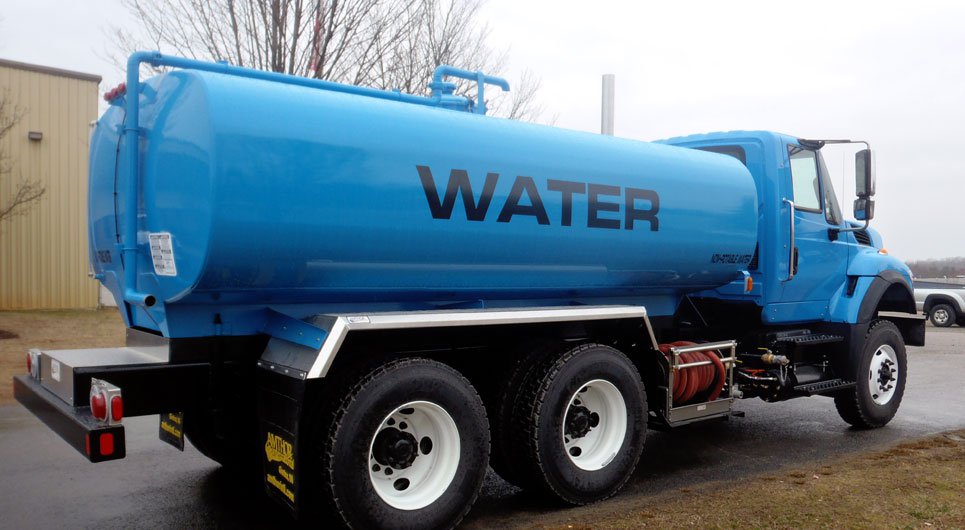
In May, when the water level recedes in the village of Curdi, its former inhabitants visit their lost homeland that was once their home.
During that month, the Christian community gather for an annual Chapel feast and the Hindus host a temple feast.
Click here to see Supriya Vohra’s full report on the village.
Top picks for you

















